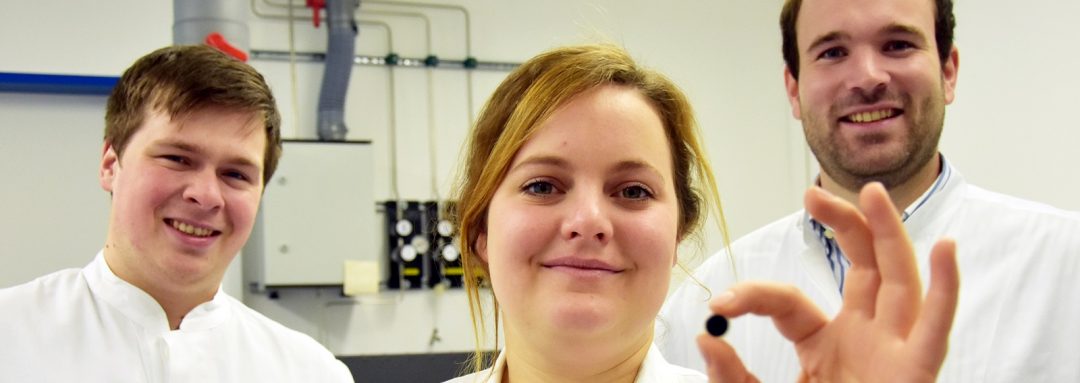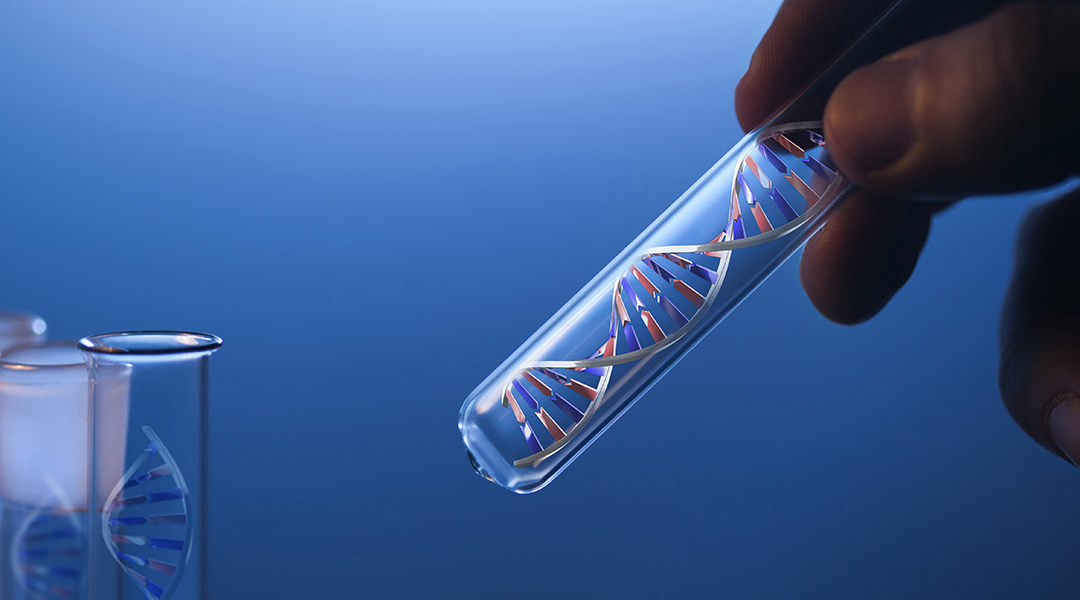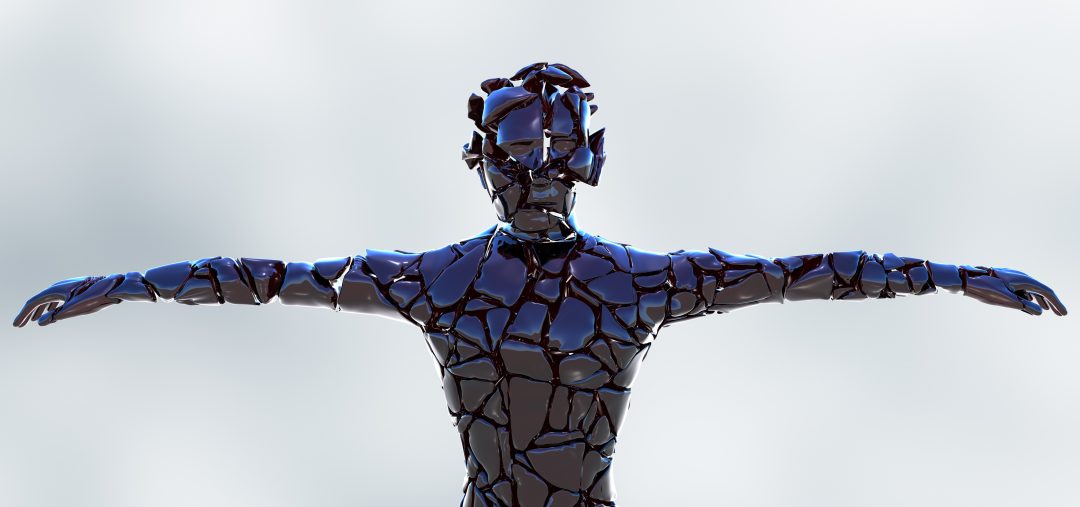Young start-up team develops a promising new reference materials for direct microanalysis of solids.


Young start-up team develops a promising new reference materials for direct microanalysis of solids.

A novel way to measure rainfall, namely using microwave links from cellular communication networks as path-average rain gauges, is discussed.

DNA origami nanobiosensor: The binding of the bioanalyte (left) with the ssDNA-associated bioreceptor (center) on the surface of the DNA origami is transduced as a measurable change in properties (right) that can be recognized and quantified by a detector.

The design of a new bionic skin that is sensitive to incredibly small changes in pressure and vibration is reported.

LiFi is a novel two-way, high-speed wireless technology similar to WiFi but uses light waves instead of radio waves to transmit data.
![Gold-based Nanoscaffold for Peripheral Nerve Injuries [Video]](https://www.advancedsciencenews.com/wp-content/uploads/2018/04/adfm201707077_ASN_image.jpg)
Shanghai Jiao Tong University researchers design a novel nerve guidance conduit for peripheral nerve regeneration. The performance of the polydopamine-coated, gold polycaprolactone nanoscaffold is enhanced when loaded with bone marrow mesenchymal stem cells and Schwann cells.

Highly efficient and spectrally stable red perovskite LEDs developed by researchers at Florida State University.

The Handbook of Industrial Inkjet Printing provides an overview of all the individual subareas of industrial inkjet printing.

The dissolution problem for manganese dioxide-based cathodes in zinc-based batteries has been solved, and fully knittable zinc–air batteries have been designed that can be incorporated into regular clothing to power portable devices.

Nanoprobe-based methods can sample the content of a single living cell without affecting its viability.